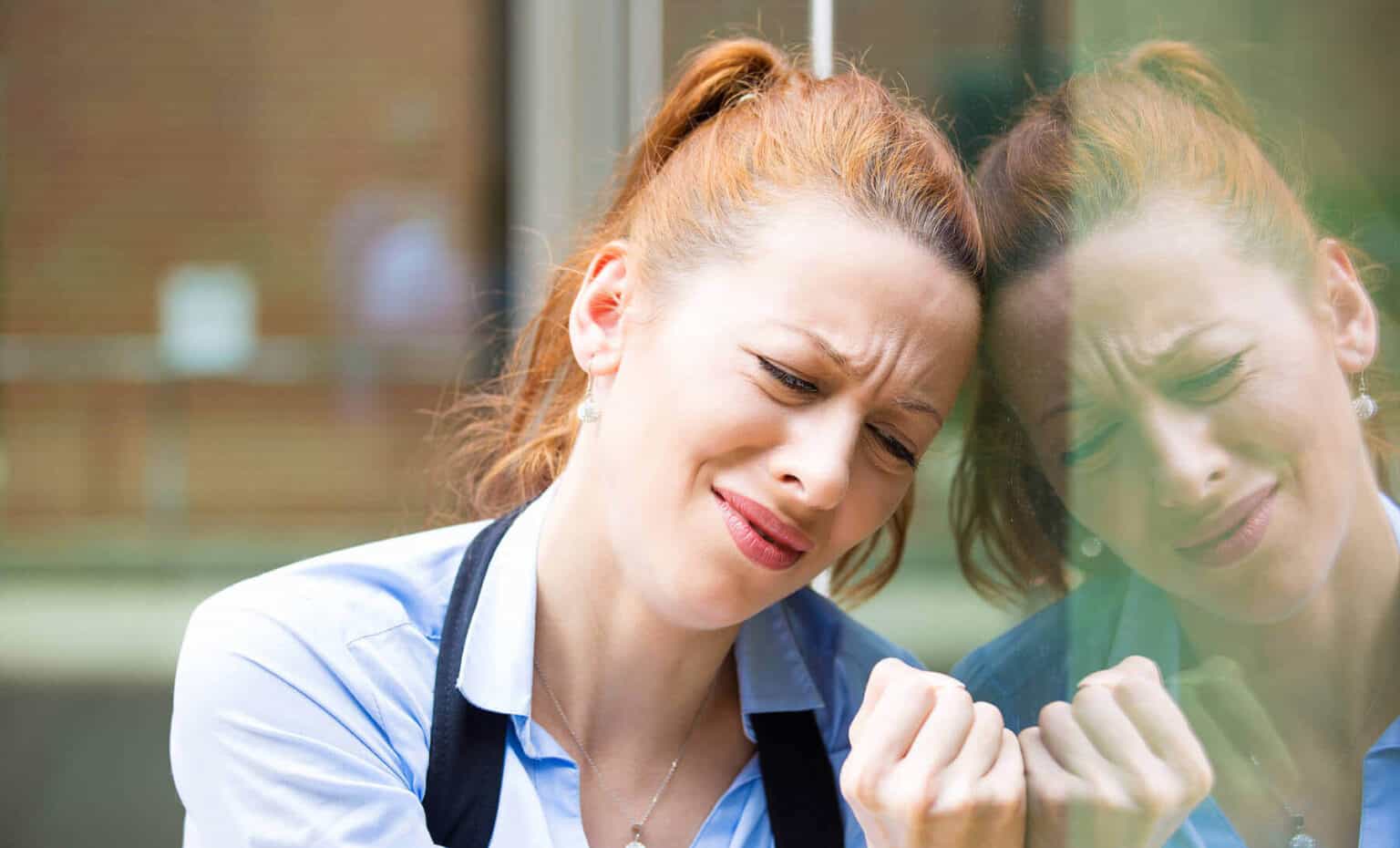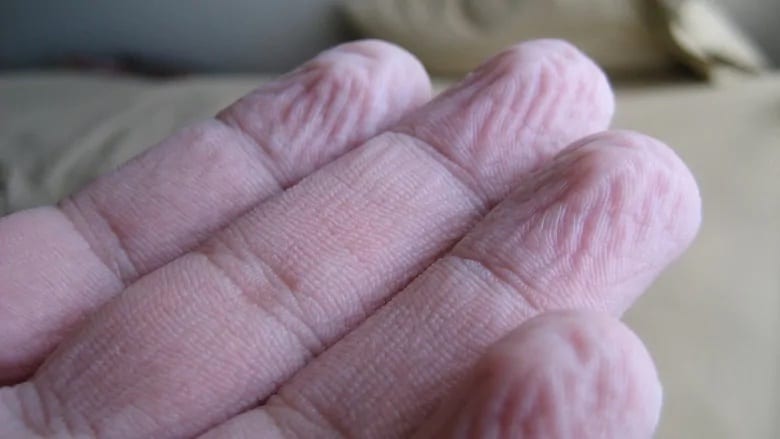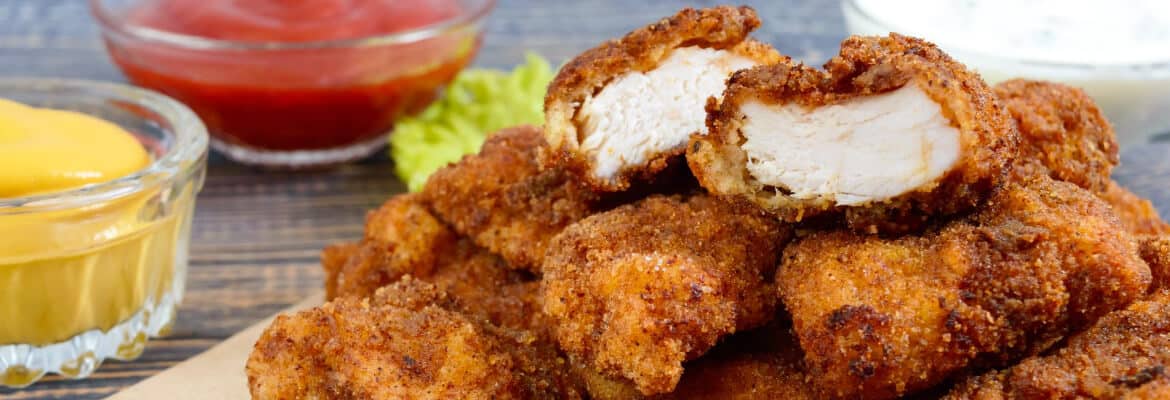Comparing the Government’s response to the Coronavirus to explain pain.
Kimberley Wilson has written this blog, inspired by the events surrounding a lockdown that happened in South Australia in November 2020 (in the good ‘ol days before the Delta variant). She is always up for a good analogy or metaphor to help her patients ‘get it’ when she is talking about how pain works. I have been slow to post this (apologies to Kim).
Physios love using analogies! They are a great teaching tool when they are used judiciously. Analogies can help people to understand the way things work and why they happen, even when it is quite complicated. Like how pain works. And pain is quite complicated!
The other day I came up with a new analogy. I thought this was very relevant to 2020 and worth sharing.
If you haven’t heard about the global pandemic and its effect on the world (there are tribes in the Amazon that know about COVID-19, so that’s unlikely – editor’s note) then this may not make much sense … but if you have an idea of the ups and downs of COVID-19 life then read on!
The background
After almost a year of unprecedented changes (and unprecedented use of the word ‘unprecedented’ – editor’s note) in November 2020, South Australia had a COVID-19 outbreak. We went into a complete lockdown. If you weren’t here in SA, you need to know that it was a hard lockdown. We were barely allowed to do anything. Only able to go out for basic human needs like food and medicine. We were only allowed to exercise outside for one hour a day. That was about it.
The lockdown
The government was responding to information they collected. They determined the risk of a significant outbreak of COVID-19 was enough to warrant locking the whole state down. HARDCORE. There was even ring-fencing!
They did this so that further spread of the virus did not occur. They did this to give themselves time to assess the situation and assess the risk.
The media
As this hard lock down began, the media got very involved. Their role was spreading the information through the community and amplifying the message.
Unfortunately, the media seem to like to increase fear and anger in people (perhaps because it seems to sell better). If you watched any of the press conferences, you would remember Andrew. He was that terribly annoying voice of a journalist that was interrupting all the time. He kept asking stupid and provocative questions in the press conferences. Talk about frustrating!
The Woodville Pizza Bar new information
After only a day and a half, the government received more information. They decided to decrease the hard lock down to 3 days instead of the initial 6. They immediately allowed us to leave the house a little and start exercising. Yay! They determined that the risk wasn’t as bad as originally expected.
As we all now know, the worker from the Woodville Pizza Bar had actually provided the government with information that wasn’t quite true. However, that was the intelligence that the decision-makers originally relied upon.
So with that new information, the population was allowed to move from their homes again. There was still risk and we were not completely out of the woods, but the risk wasn’t as great as they thought it could have been. Phew! Big sigh of relief all round.
Other factors in the decision-making process
The government acted on the best information available to them at the time. They also used were other pieces of information to influence their decision-making process.
Critical information was past experience from experiences within our state. They used the benefit of the experiences from Victoria’s second wave. And they also used information gained from what is going on in the rest of the world.
The fear was so great that if they didn’t act and put us in a hard lockdown, they felt this could easily get out of control and do more damage.
So how does this help to explain pain?
Let’s relate this to your body. Actually, if you have experienced a significant pain event before, you may already have made the correlation!
The SA Government is like our brain. Our brain acts on all kinds of incoming information from the tissues to make judgements. Some of the key information are danger messages (aka nociception)
Our brain also uses information from our surroundings, thoughts, feelings and past experiences to influence these decisions. For example, if you have watched someone else go through an injury before (we all watch Victoria go through their difficulties) then this experience will influence your brain’s (or our government’s) decision making.
Or if you have experienced a previous injury this will also come into play. Compare this to our original April lock down.
Fear of a situation will also amplify your response, make it scarier, and make it more of a priority (let’s blame the media here for the sake of this comparison).
So our brain aka the government, and in fact the whole nervous system, will decide whether we should experience pain and ‘lock us down’. It will stop us in our tracks if it seems to be the best thing to do at the time. This is really, really useful!
The purpose is to bring a situation to our immediate attention and stop more tissue damage from occuring.
In the COVID-19 analogy, this brought the new cluster to our attention and really shut us down to prevent more potential infections happening.
Sometimes a hard lockdown isn’t needed
Hindsight is a beautiful thing and sometimes this initial protective response of pain, stiffness, swelling and perhaps a complete lack of movement may in fact be a little bit dramatic.
So sometimes after a day or so, the pain that we are experiencing goes away quite rapidly. Has that ever happened to you?
It doesn’t always happen, but when it does it is a sign that the brain has collected more information and determined that you are safer than originally assessed and perhaps that amount of pain and restriction is not needed. Your ‘hard lockdown’ is no longer required.
The interesting thing about our brain and central nervous system is that it also constantly collecting information from our surroundings, past experiences and beliefs. Just like we did watching Victoria and NSW over the preceding months, and their second wave and outbreaks.
Lastly, let’s not forget our beautiful immune system which is intricately involved with everything we do and everything happening in our bodies. The comparison here to the media is kinda cool. Little immune cells throughout your body have the ability to modify messages to make them more important, in other words to amplify them. This is also generally quite useful, but sometimes our immune response can be a little over the top (the media can certainly get over the top at amplifying certain things!)
How cool is that! Our nervous system is there to protect us! Just like our SA Health!
Sometimes they both get a little overprotective. I don’t know about you but I’m pretty sure I prefer this level of protection compared to places like the States.
So will our next response be more measured or more aggressive? We’ll see …
Summary – how to explain pain using this analogy
Lockdown – the ultimate defence to prevent further damage from a virus or from injury
Information gathering by SA Health – taking all the daily data and information of new infections
Information gathering by your senses, including your danger detection system – your central nervous system receiving constant updates about danger and all other senses via its continuous newsfeed
The media – it can also be an analogy for the dissemination of information and reporting like the immune system, sensitising and tuning the body for defence
The relaxing of the lockdown – enough information about safety (SIMs or ‘Safety In Me’ cues) outweighing the information about danger (DIMs or ‘Danger In Me’ cues)
The Victoria/NSW experience – context, previous experience and learning
I bet there are plenty more connections that can be made between the two. Let us know if you think of any!
If you have found this interesting, you might like to check out our Free Online Pain Education course! As the name suggests, it is free, and is presented via bite-sized chunks of information that you can easily digest.
To register, just click here: FREE ONLINE PAIN EDUCATION COURSE
If you are interested in more insights about how to explain pain in the human body and different ways of understanding it so you can better understand your pain, check out out YouTube channel here: we are creating and collating useful videos on the topic!
https://www.youtube.com/channel/UCPsQUQNW_TOCW3iQXx3Mm5Q/playlists
Here is one on Amazing Pain Stories! Gotta love the thumbnail picture!
















